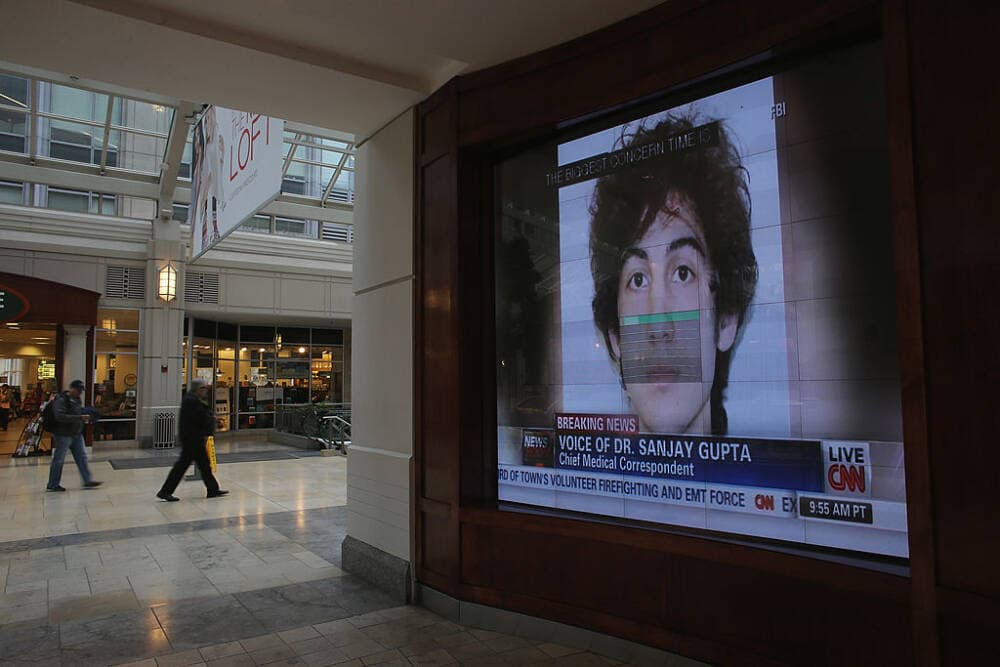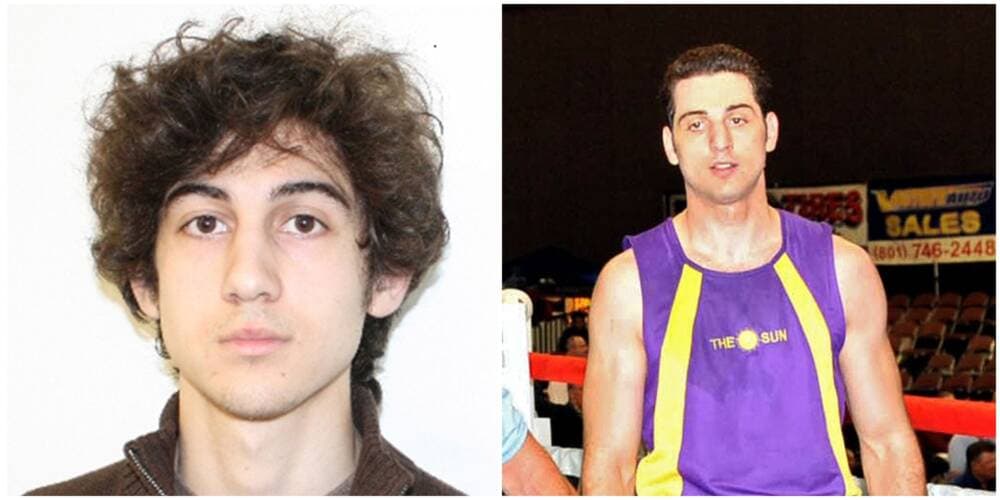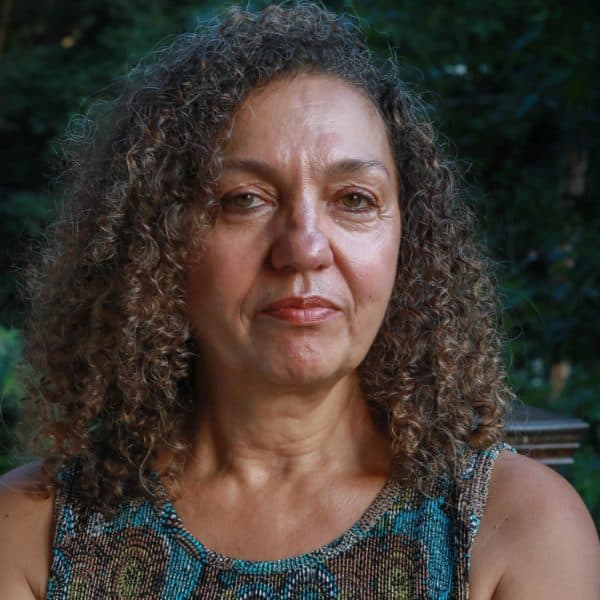Advertisement
Commentary
Extremism is a disease. Why don't we treat it like one?

On April 15, 2013, two terrorists detonated bombs near the finish line of the Boston Marathon, killing three and injuring hundreds more. In a few moments, hundreds of families were devastated by a cruel and senseless attack that never should have happened. Yet, as reporters began to investigate the background of the Tsarnaev brothers, the attack began to seem all but inevitable.
In “The Fall of the House of Tsarnaev,” David Filipov and his colleagues at the Boston Globe revealed a highly dysfunctional family, often violent, abusive, and neglectful, grappling with trauma and severe mental health issues. As the family's troubles intensified, its members descended into a highly rigid form of Islam, which only fueled their problems.
We know that the Tsarnaevs were not born extremists. If their family pictures are any indication, they lived most of their lives looking precisely like the people they sought to destroy. The Tsarnaevs had to learn how to hate, over months and years.
Their radicalization — which resulted in mass violence — is precisely the kind of senseless tragedy that my organization has been working to prevent. Since 2016, Parents For Peace has been operating the nation’s only confidential helpline for families struggling with the radicalization of a loved one. We work with families, and eventually with radicalized people (often young, often male), to “step back from the brink of extremism.”

The Tsarnaevs learned to see the world as a war between "us" and "them" and internalize conspiracy theories. Along the way, people who knew the brothers began noticing drastic behavior changes. Tamerlan's uncle was so disturbed by the abrupt onset of religious fanaticism in his brother's family that he cut ties with them. Tamerlan's ex-girlfriend witnessed his transformation from a fun-loving student into an abusive individual who would physically assault her for wearing "un-Islamic" clothing. Tamarlan’s wife, Katherine, underwent drastic changes that made her unrecognizable to her own parents.
People in the broader community took note of the Tsarnaevs' radicalization, too. A mosque in Cambridge, Mass. had to deal with Tamerlan’s extremist harangues. Zubeidat Tsarnaev, Tamerlan’s and Dzokhar’s mother, ran a beauty salon out of the family home where quite a few clients could see her becoming more rigid in her religious beliefs and practices. Tamerlan had also tried to engage his landlady about the Protocols of the Elders of Zion.
Advertisement
In short, there was no shortage of people who had noticed the Tsarnaev family’s radicalization. But the only available resource at the time — law enforcement — was (and continues to be) largely inadequate for preventive purposes.
It’s not illegal to subscribe to conspiracy theories or become more religious. For a law enforcement agency like the FBI to take action there has to be evidence to make a criminal case. (Remember, the FBI did receive a tip about the radicalization happening in the Tsarnaev family — Tamerlan was on a government watch list.)
The ensuing culture of fear, secrecy, and stigma around radicalization prevents many families from seeking help. As a result, the disease festers in the dark.
Plus, few families voluntarily call the police on their loved ones — even when there is a risk of violence. For better or worse, most would rather wait it out, hoping whatever they are witnessing is just another phase. That seems a better option than risking potential legal repercussions for a family member. The larger community surrounding the Tsarnaevs in Cambridge and beyond similarly could have been wary of the legal consequences for themselves.
In the work Parents For Peace does with families, we’ve learned that extremist ideologies act like addictive drugs. They hijack the mind by tapping into existing grievances to set one on an addictive quest for hate and revenge. They seduce individuals by giving a microphone to their pain (and blaming that pain on others through scapegoating), offering a clear sense of purpose and belonging, all while severing the links to an individual's family or community.
And while anybody could be susceptible to extremism, adolescents are at an increased risk. Research has shown that the neocortex, the part of the brain in charge of reasoning and regulating emotions, doesn’t fully develop until the mid-20s.
Ten years after the tragedy at the Boston Marathon finish line, significant obstacles continue to hamper the public health approach to preventing extremism. Our society sees extremism primarily as a moral and political issue. We are more preoccupied with showing our outrage than genuinely trying to understand internal workings of the disease. The ensuing culture of fear, secrecy and stigma around radicalization prevents many families from seeking help. As a result, the disease festers in the dark.
More frontline workers at schools and hospitals need to know about the resources for dealing with extremism as a disease.
But we have seen in our work that it is possible to push individuals away from extremism and set them on the path to recovery. This requires addressing the root causes of pain, providing them with healthier coping strategies, and reestablishing their social connections and hobbies. We measure success by tracking the key radicalization indicators (e.g. violent outbursts, extremist beliefs, time spent online, and social isolation) across time. We have successfully off-ramped dozens of individuals in the past few years, including one involving a teenager from Massachusetts who was being recruited by a terrorist Islamist group online, a young man who had marched in Charlottesville, and a young woman from a Southern state who espoused Neo-Nazi beliefs.
More frontline workers at schools and hospitals need to know about the resources for dealing with extremism as a disease. And the federal government should continue its willingness to explore alternative preventive approaches. One positive example: the Department of Homeland Security's Center Prevention Programs and Partnerships (CP3) is adopting the CDC’s models, aiming to build “local prevention frameworks.” In addition, the program seeks to strengthen non-governmental players, which might be better placed than the government in detecting and addressing radicalization.
Most importantly, we cannot fix what we don’t understand. Without adequate knowledge of the nature of extremism, our well-intentioned efforts at fighting hate might inadvertently inflame it even further. Fact-checking, ideological confrontation, and public humiliation are recipes for further radicalization, as we have repeatedly seen in our helpline cases.
Ten years ago, we had fewer resources to understand extremism, let alone counter it. People close to the Tsarnaevs could only watch as the family descended into madness. It would be reckless to suggest that a resource the Parents For Peace hotline might have prevented the Boston Marathon bombings. But in the intervening years, we have learned enough to know that there is much more we can do — if we choose to — than resign ourselves to fate.
Editor’s note: If you know someone struggling with extremism, call the Parents For Peace helpline: 1-844-49-PEACE
